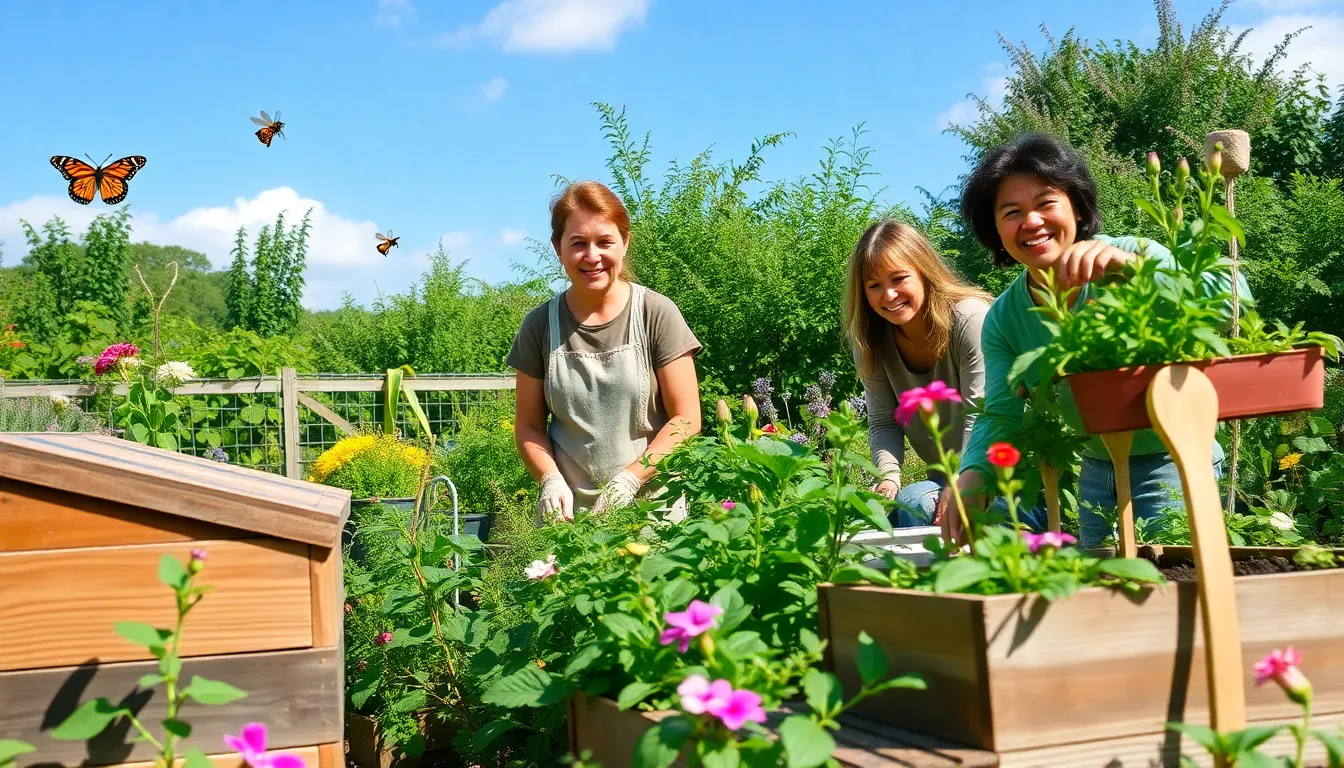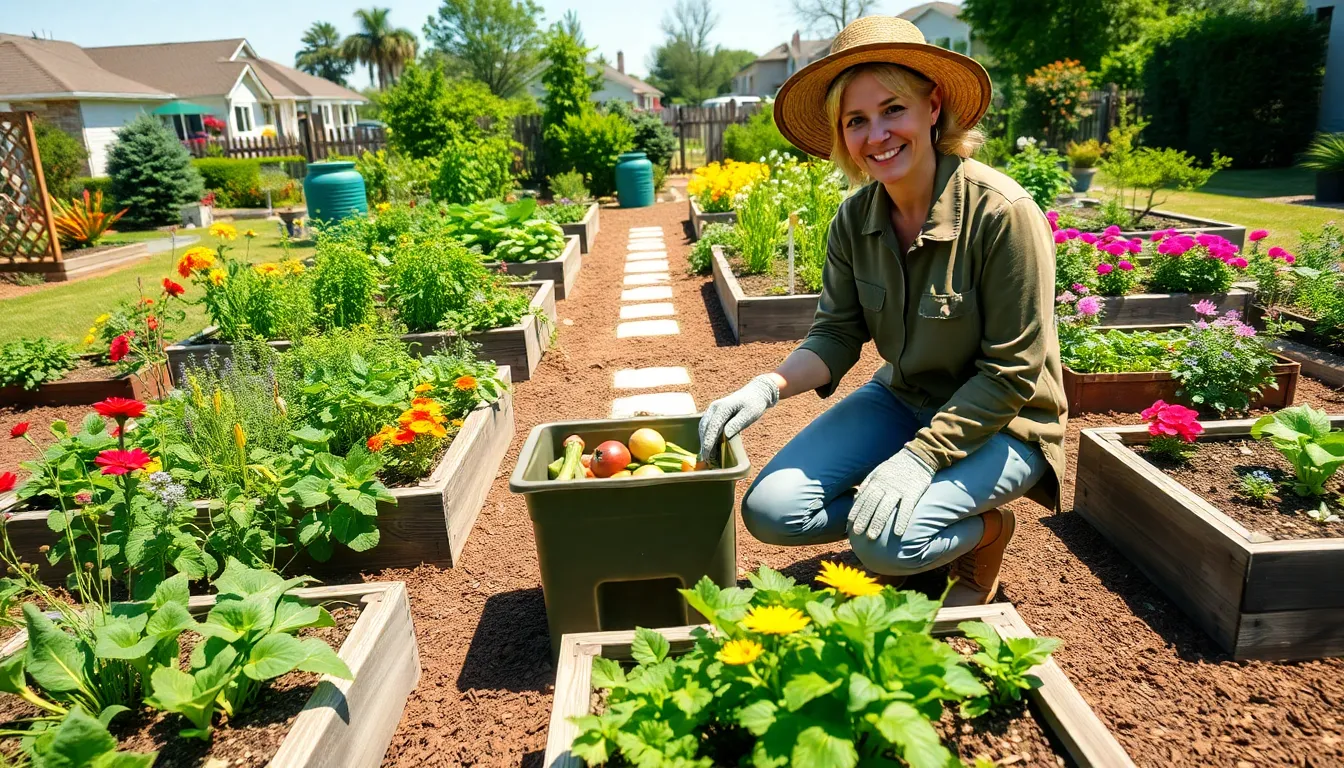When it comes to gardening, it’s high time to ditch the chemicals and embrace nature’s ways, bright colors and blooms await those who go eco-friendly. Eco friendly gardening isn’t just a trend: it’s a lifestyle that many have come to love. Let’s prepare to dig deep as we explore the wholesome practices that create a sustainable, thriving garden. If you thought gardening was only about aesthetics, think again. There’s much more than meets the eye: stick around, and let’s cultivate some green ideas together.
Eco Friendly Gardening

Eco friendly gardening focuses on techniques that minimize environmental impact while maximizing plant health. By working with nature instead of against it, gardeners can create beautiful landscapes without harming the Earth. Emphasizing organic practices and sustainable methods is vital, making it critical to understand the principles behind this approach.
At its core, eco friendly gardening is about building a nurturing ecosystem. It’s about creating spaces that not only look appealing but also support local wildlife and help maintain biodiversity. Whether in a backyard or a community plot, each garden can serve as a refuge for various plants and animals.
Benefits of Eco Friendly Gardening
Adopting eco friendly gardening brings a host of benefits. First and foremost, it positively impacts the environment. By reducing pesticide and herbicide use, gardeners promote healthier soil and water ecosystems.
Essential Practices for Eco Friendly Gardening
To cultivate an effective eco friendly garden, certain practices should be considered:
- Soil Health and Composting: Healthy soil is the backbone of any garden. Composting organic matter not only enriches the soil but assists in reducing waste. Adding kitchen scraps and yard debris to a compost pile provides essential nutrients for the plants.
- Choosing Native Plants: Native plants are already adapted to the local climate and soil, meaning they require less water and maintenance. Also, they provide habitats for native wildlife, creating a harmonious ecosystem.
- Implementing Organic Practices: Using organic fertilizers and pesticides helps maintain a healthy garden environment. Organic practices minimize chemical runoff and promote beneficial insects that assist in pest control.
- Water Conservation Techniques: Since water is a precious resource, implementing conservation strategies is essential. Techniques like drip irrigation or rain barrels can help conserve water while ensuring plants get the hydration they need.
Creating Wildlife Habitats
Transforming gardens into wildlife habitats is a fun way to contribute to local ecosystems. Simple actions can attract birds, butterflies, and beneficial insects. For instance, installing birdhouses or planting pollinator-friendly flowers creates inviting spaces for wildlife. Also, minimizing lawn areas in favor of diverse plantings not only supports biodiversity but also adds layers of interest to the garden.
Tools and Resources for Eco Friendly Gardening
Gardening tools that promote eco friendliness include hand tools for small tasks, compost bins for organic waste, and rainwater collection systems. Resources such as local gardening clubs or workshops can provide additional education and advice, connecting gardeners with like-minded individuals.
Community Involvement and Education
Knowledge is power. Engaging with local communities about eco friendly practices amplifies the impact. Community gardens can foster a sense of belonging and provide hands-on learning experiences. Sharing tips, attending workshops, or starting a neighborhood compost initiative can catalyze change in gardening practices. It strengthens community ties while reinforcing the importance of sustainable methods, ensuring the message of eco friendly gardening spreads beyond individual gardens into the wider community.

